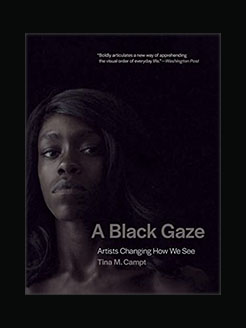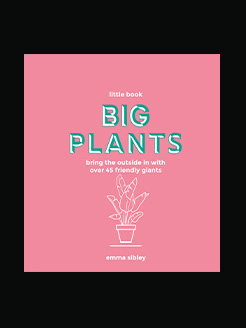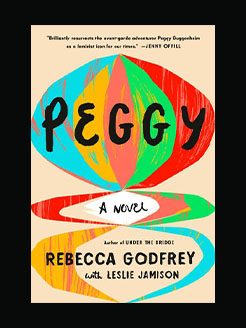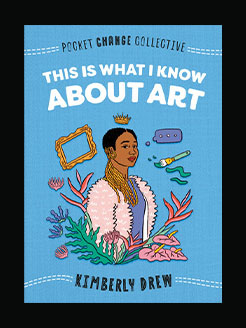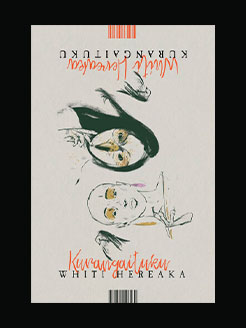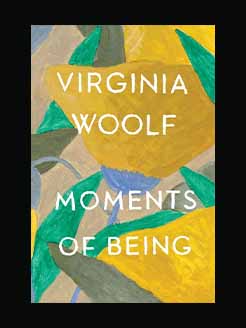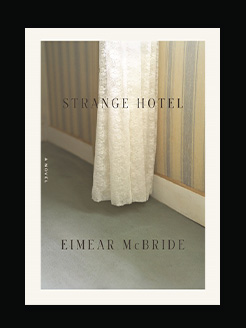Published in 1905
242 pages
Frances Eliza Hodgson was the daughter of ironmonger Edwin Hodgson, who died three years after her birth, and his wife Eliza Boond. She was educated at The Select Seminary for Young Ladies and Gentleman until the age of fifteen, at which point the family ironmongery, then being run by her mother, failed, and the family emigrated to Knoxville, Tennessee. Here Hodgson began to write, in order to supplement the family income, assuming full responsibility for the family upon the death of her mother, in 1870. In 1872 she married Dr. Swan Burnett, with whom she had two sons, Lionel and Vivian. The marriage was dissolved in 1898. In 1900 Burnett married actor Stephen Townsend until 1902 when they got divorced. Following her great success as a novelist, playwright, and children’s author, Burnett maintained homes in both England and America, traveling back and forth quite frequently. She died in her Long Island, New York home, in 1924.
Primarily remembered today for her trio of classic children’s novels – Little Lord Fauntleroy (1886), A Little Princess (1905), and The Secret Garden (1911) – Burnett was also a popular adult novelist, in her own day, publishing romantic stories such as The Making of a Marchioness (1901) for older readers.
What is this book about?
Sara Crewe, an exceptionally intelligent and imaginative student at Miss Minchin’s Select Seminary for Young Ladies, is devastated when her adored, indulgent father dies. Now penniless and banished to a room in the attic, Sara is demeaned, abused, and forced to work as a servant. How this resourceful girl’s fortunes change again is at the center of A Little Princess, one of the best-loved stories in all of children’s literature.
This unique and fully annotated edition appends excerpts from Frances Hodgson Burnett’s original 1888 novella Sara Crewe and the stage play that preceded the novel, as well as an early story, “Behind the White Brick,” allowing readers to see how A Little Princess evolved. In his delightful introduction, U. C. Knoepflmacher considers the fairy-tale allusions and literary touchstones that place the book among the major works of Victorian literature, and shows it to be an exceptionally rich and resonant novel.
